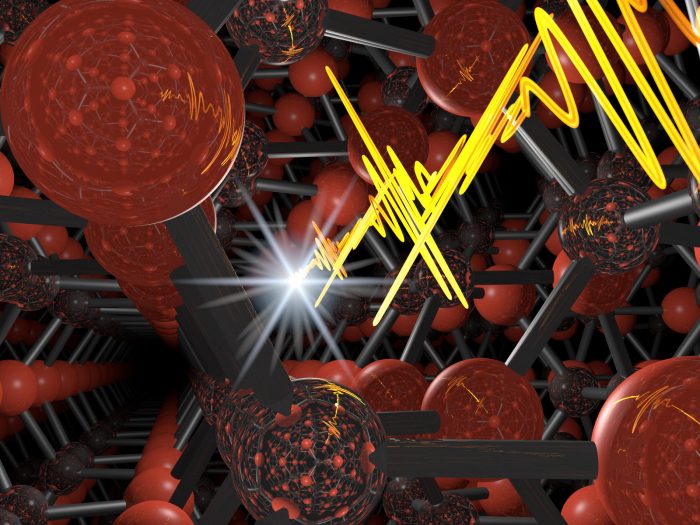
A semiconductor crystal has shown an unprecedented capacity to shape ultrashort laser pulses. (Fabian Langer, Regensburg University)
Extremely short, configurable “femtosecond” pulses of light demonstrated by an international team could lead to future computers that run up to 100,000 times faster than today’s electronics. The researchers, including engineers at U-M, showed that they could control the peaks within the laser pulses and also twist the light. The method moves electrons faster and more efficiently than electrical currents—and with reliable effects on their quantum states. It is a step toward so-called “lightwave electronics” and, in the more distant future, quantum computing, said Mackillo Kira, professor of electrical engineering and computer science who was involved in the research.
